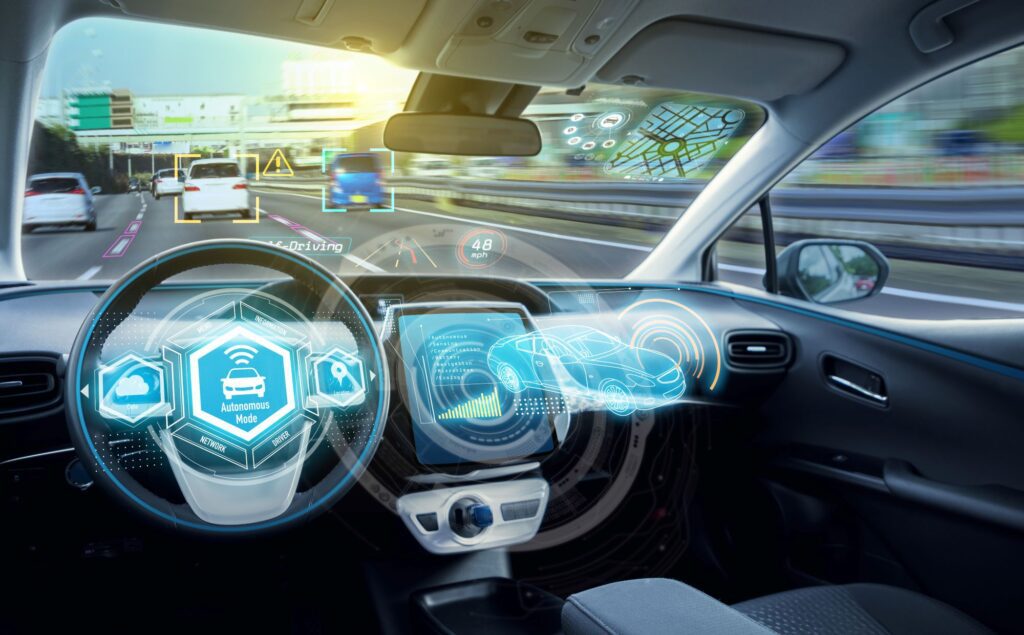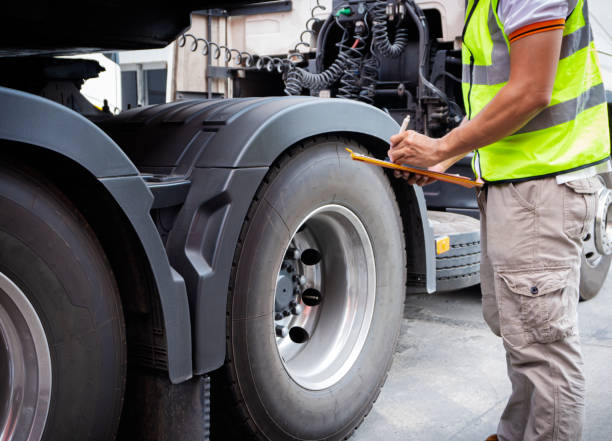Remarkable technological improvements that keep cars safe have changed how people think about staying safe on the road. These new ideas and creations show how smart and skilled people are at designing things to make accidents less likely and driving safer for everyone.
Car companies have done a lot to ensure drivers, passengers, and people walking are safer. They’ve developed systems that can help drivers avoid crashes and stronger designs for the car’s structure.
Below is your guide to learn more about these innovations and how they can reduce accident risks.
- Collision Avoidance Systems
One of the most notable advancements in car safety is the development and integration of collision avoidance systems. These systems utilize cutting-edge sensors, cameras, and radar technology to monitor the vehicle’s surroundings in real time, substantially reducing the likelihood of being involved in a car accident.
These systems constantly assess the environment to detect potential collisions with other vehicles, pedestrians, or obstacles. They promptly alert the driver or autonomously apply brakes to prevent an impending collision.
Adaptive cruise control is a fundamental component of collision avoidance systems. This ensures a secure gap from the vehicle in front. It accomplishes this by dynamically modifying the vehicle’s speed to align with shifting traffic conditions.
Additionally, automatic emergency braking (AEB) systems prevent rear-end collisions. They detect abrupt slowdowns in the vehicle ahead and apply brakes if the driver doesn’t react promptly. These advancements have greatly lessened how often accidents happen and how serious they are, which improves road safety for all.

- Lane Departure Warning And Lane Keeping Assist
Drifting out of one’s lane is a prevalent issue that often leads to accidents, typically resulting from driver distraction or drowsiness. Recognizing the gravity of this problem, car manufacturers have introduced advanced lane departure warning (LDW) and lane keeping assist (LKA) systems to address this safety concern.
LDW systems use cameras to monitor lane markings and provide visual or audible alerts if the vehicle starts to veer out of its lane unintentionally. LKA systems take this further by steering the vehicle back into the correct lane if the driver fails to respond to warnings. This also prevents crossing lines. These systems contribute significantly to accident prevention by helping drivers maintain proper lane discipline, especially on highways and long stretches of road.
- Advanced Airbag Systems
Airbags have long been a crucial vehicle safety component, and recent advancements have further propelled their effectiveness. Modern airbag systems have evolved to include a network of strategically positioned airbags throughout the vehicle, finely tuned to provide precise protection in various crash scenarios. These advanced systems take into account multiple factors, including the occupant’s size, seating position, and the severity of impact, to deploy airbags with optimal precision.
However, after an accident or airbag deployment, the airbag module; which acts as the brain of the airbag system; may need to be reset or replaced to ensure the system remains fully functional. This is where Airbag Module Reset Services come into play. Resetting the airbag module is crucial because it clears crash data and restores the system’s ability to detect and respond to future collisions effectively. Without this service, your vehicle’s safety system may not perform as intended, putting occupants at risk in the event of another crash.
Furthermore, some vehicles now have innovative knee airbags and side-curtain airbags that offer extra protection in side-impact crashes or rollovers. These advances make modern vehicles even safer by providing additional safety when needed. By embracing these sophisticated airbag systems, manufacturers are proactively enhancing vehicle safety and safeguarding occupants’ lives during collision scenarios.
- Pedestrian Detection And Protection
Car safety isn’t just about the people inside; it also extends to pedestrians and cyclists. This shift in focus signals a significant industry change that highlights the importance of safeguarding all road users.
Modern vehicles employ special features like pedestrian detection to prevent accidents involving pedestrians. These systems use advanced sensors and cameras to detect nearby pedestrians and gauge crash risk. If danger is detected, drivers are alerted through signs or sounds that enable them to brake quickly. Certain cars have smart systems that autonomously brake to prevent pedestrian accidents. This technology has significantly reduced pedestrian-involved accidents.
Moreover, vehicle exteriors are designed with safety in mind, incorporating materials that absorb the impact of crashes. For instance, hoods are crafted to cushion the impact on the head. This may help reduce the risk of severe injury.
- Structural Enhancements
Advancements in structural engineering have led to the creation of vehicles with enhanced crashworthiness. Modern cars are designed with crumple zones and reinforced frames that absorb and dissipate crash forces. This engineering approach can help protect vehicle occupants from serious injuries during accidents by dispersing the energy of a collision away from the cabin.
Moreover, adopting high-strength materials, such as advanced steels and composites, improves vehicle integrity during crashes and results in reduced cabin deformation and better retention of occupants’ survival space.
By incorporating structural enhancements, you’re lowering the fatality rate in accidents and minimizing the severity of injuries.
Conclusion
The continuous evolution of car safety technology has ushered in a new era of road safety, marked by a significant reduction in accident risks. The integration of these key advances has played a pivotal role in preventing accidents and minimizing the consequences when they do occur.
These innovations exemplify the dedication of the automotive industry to creating vehicles that not only provide comfort and convenience but also prioritize the safety of drivers, passengers, pedestrians, and all road users. As technology advances, people can expect further breakthroughs that will undoubtedly lead to even safer roads and a brighter future for mobility.



